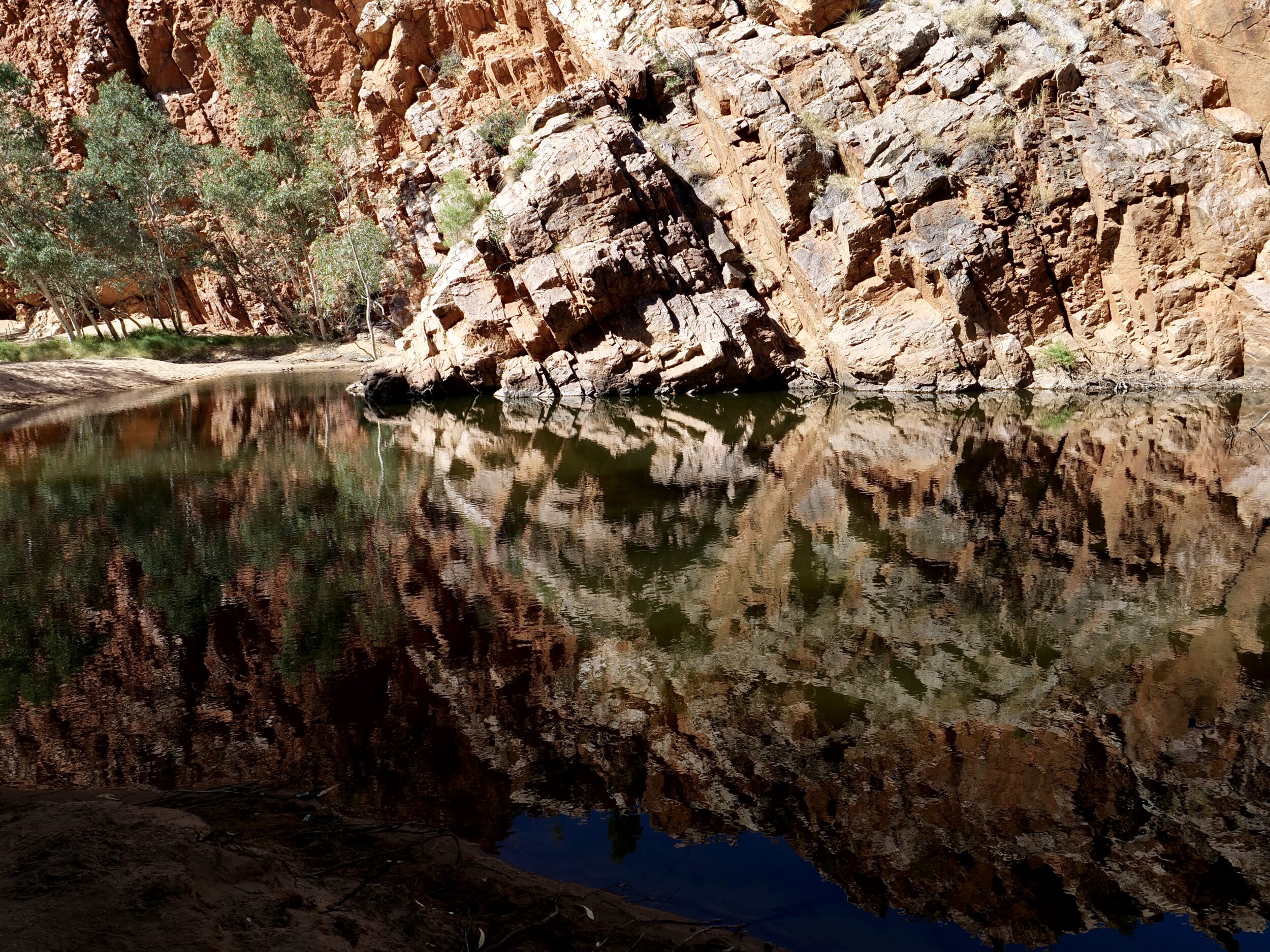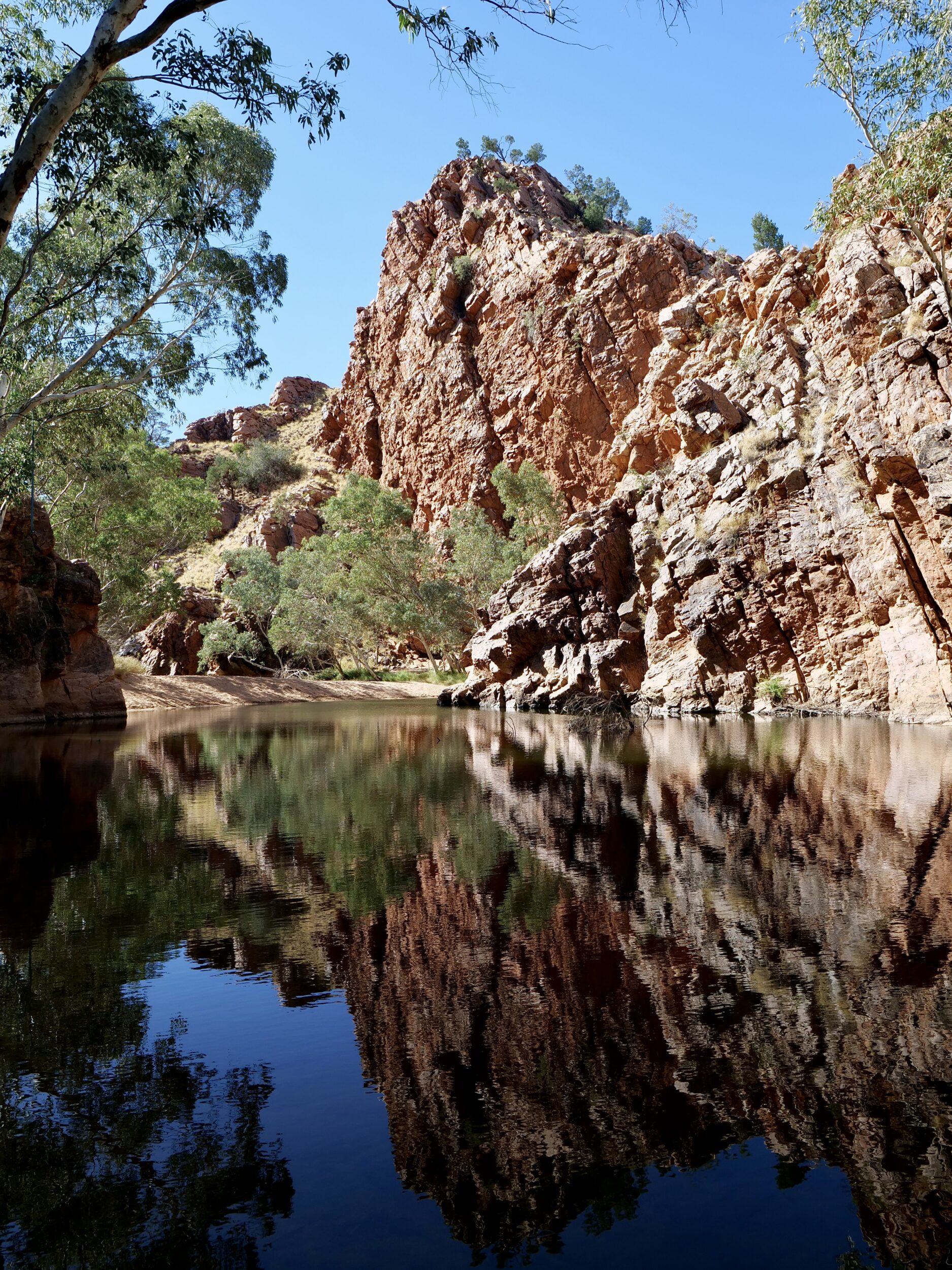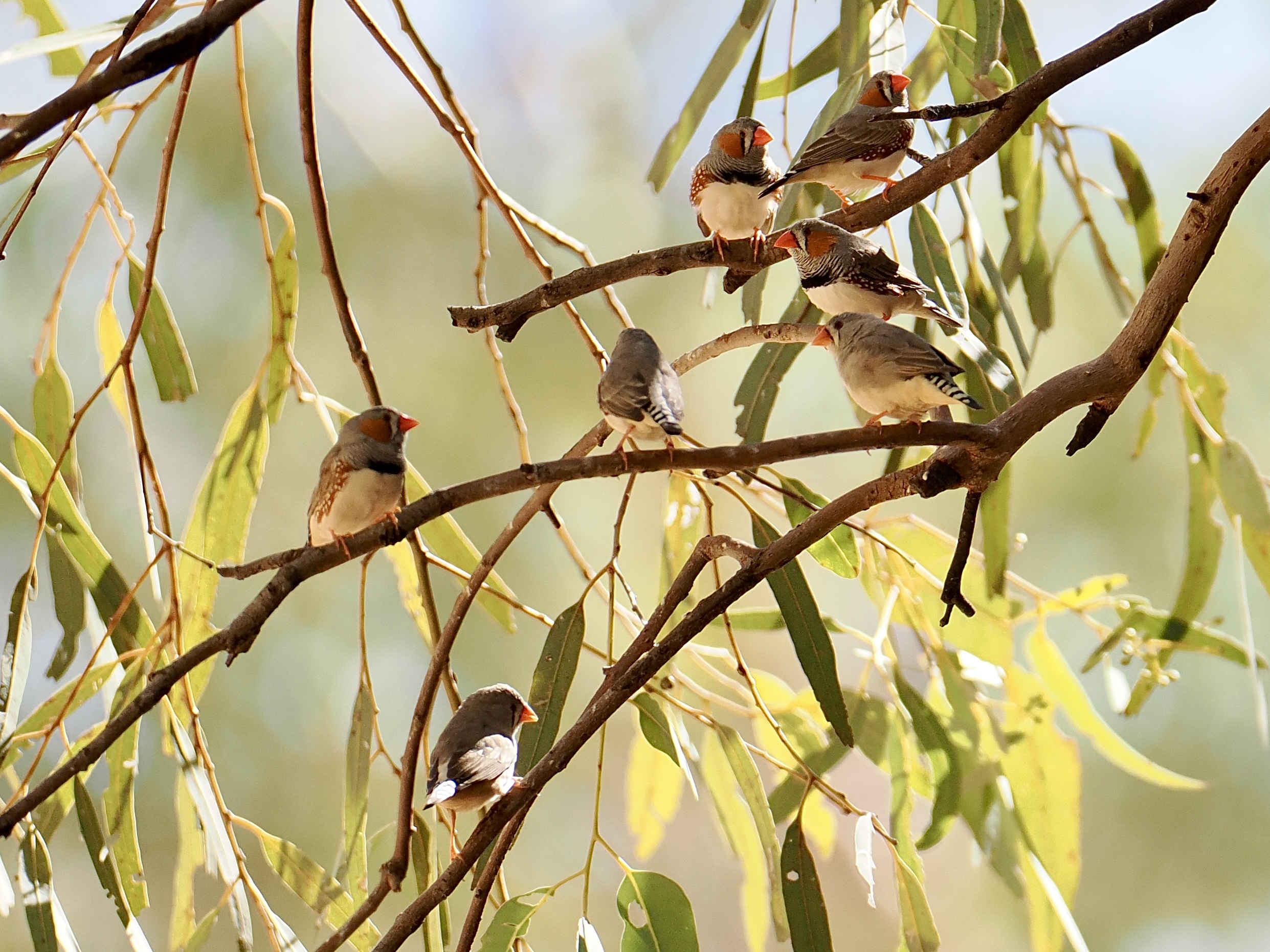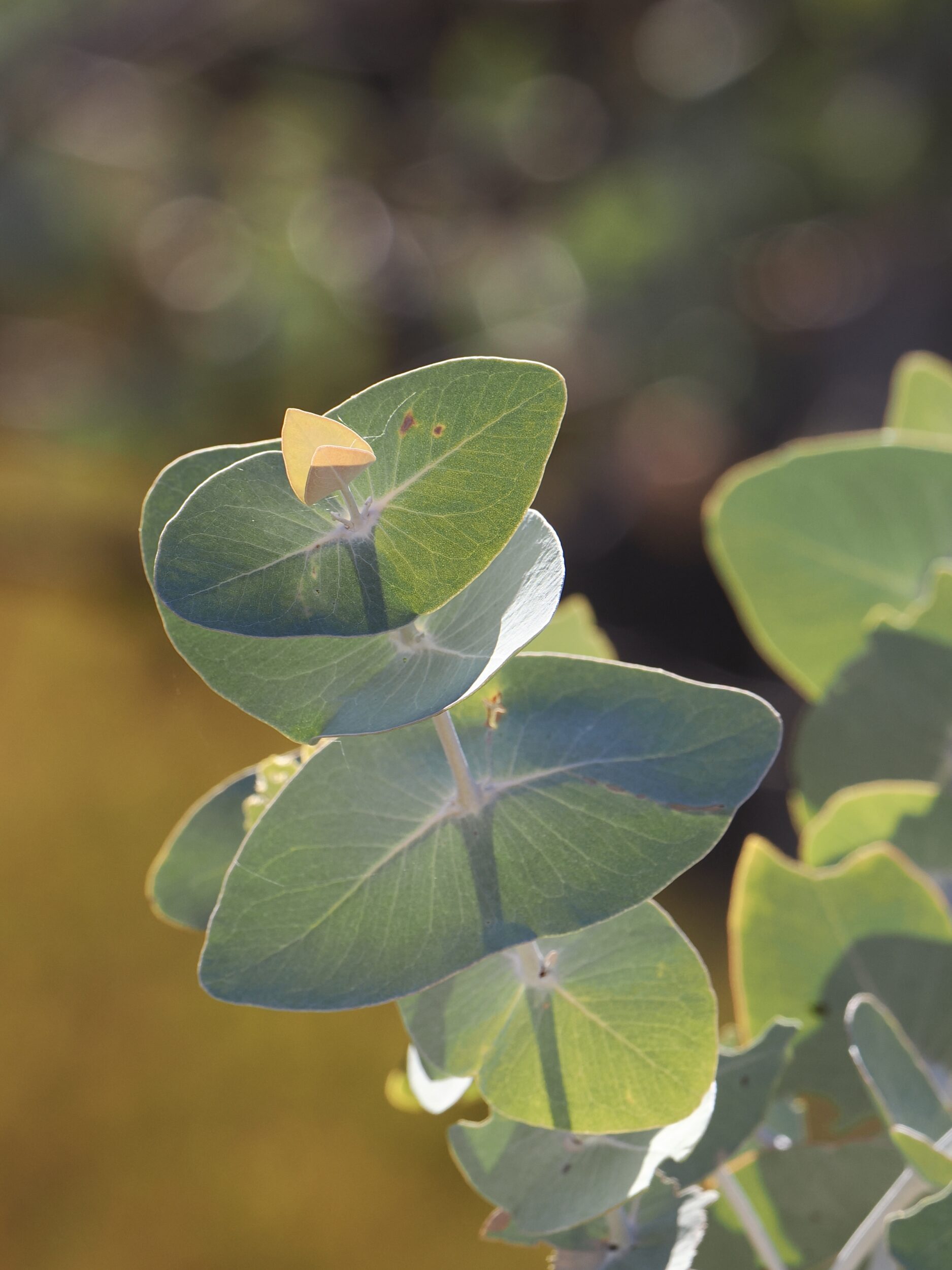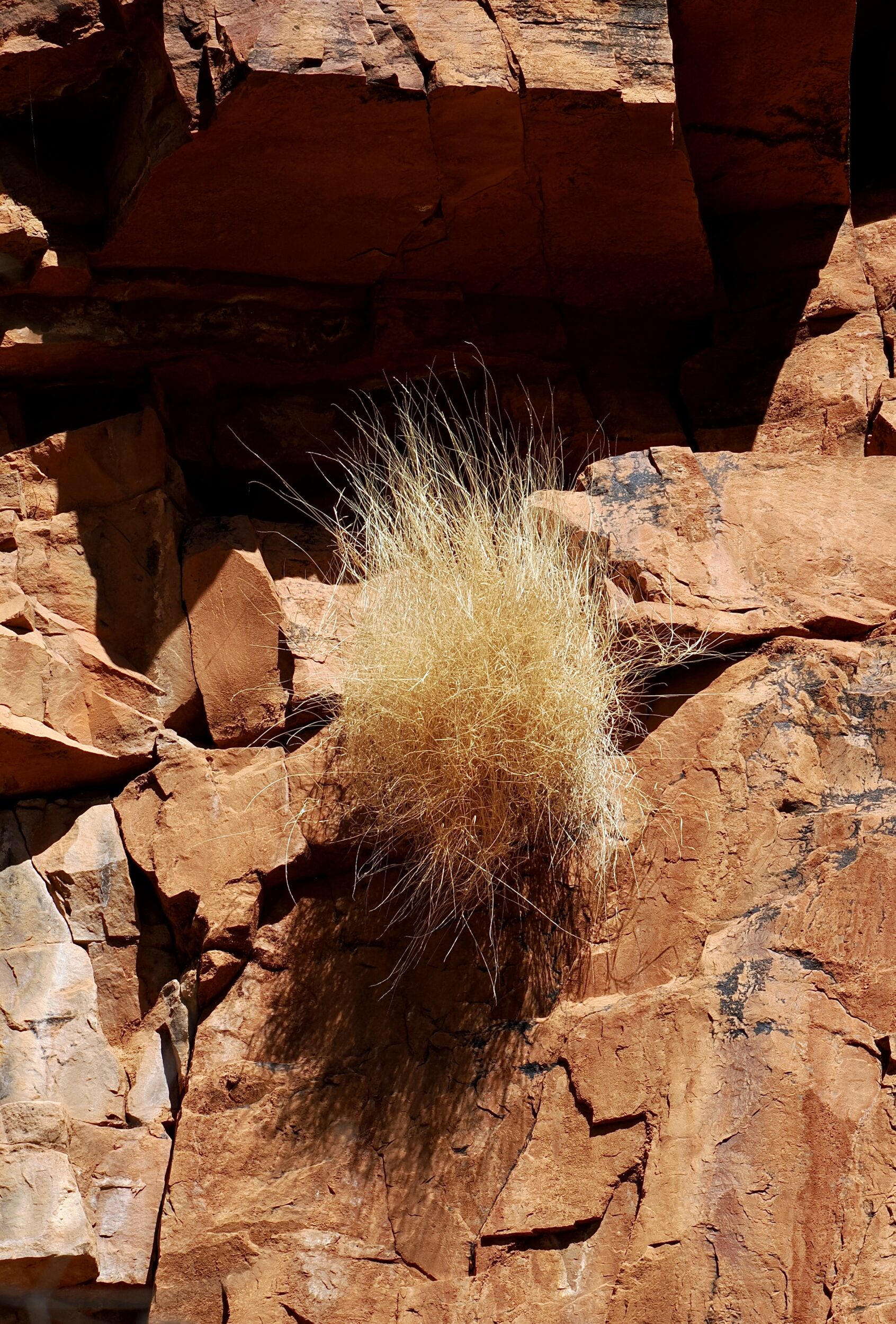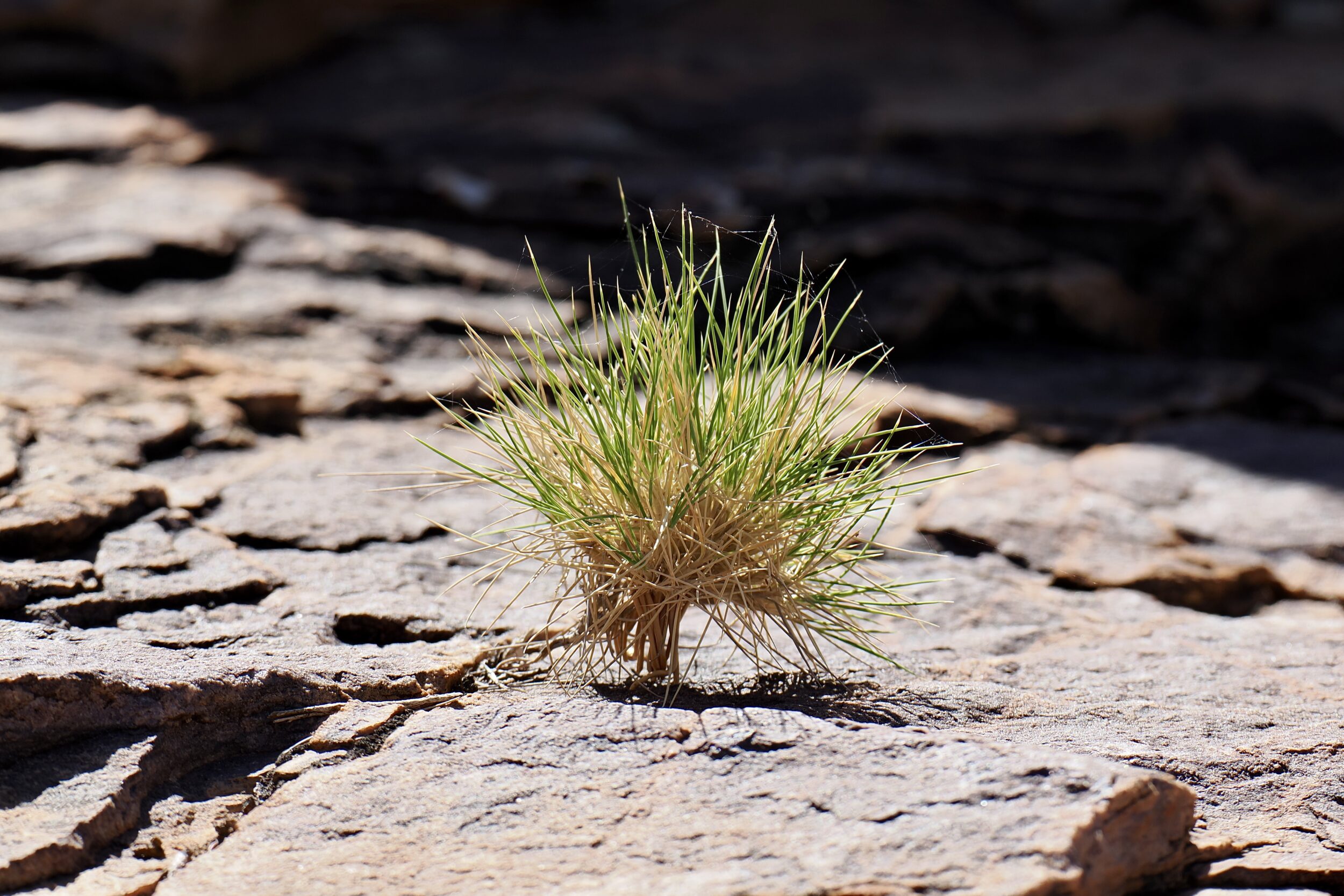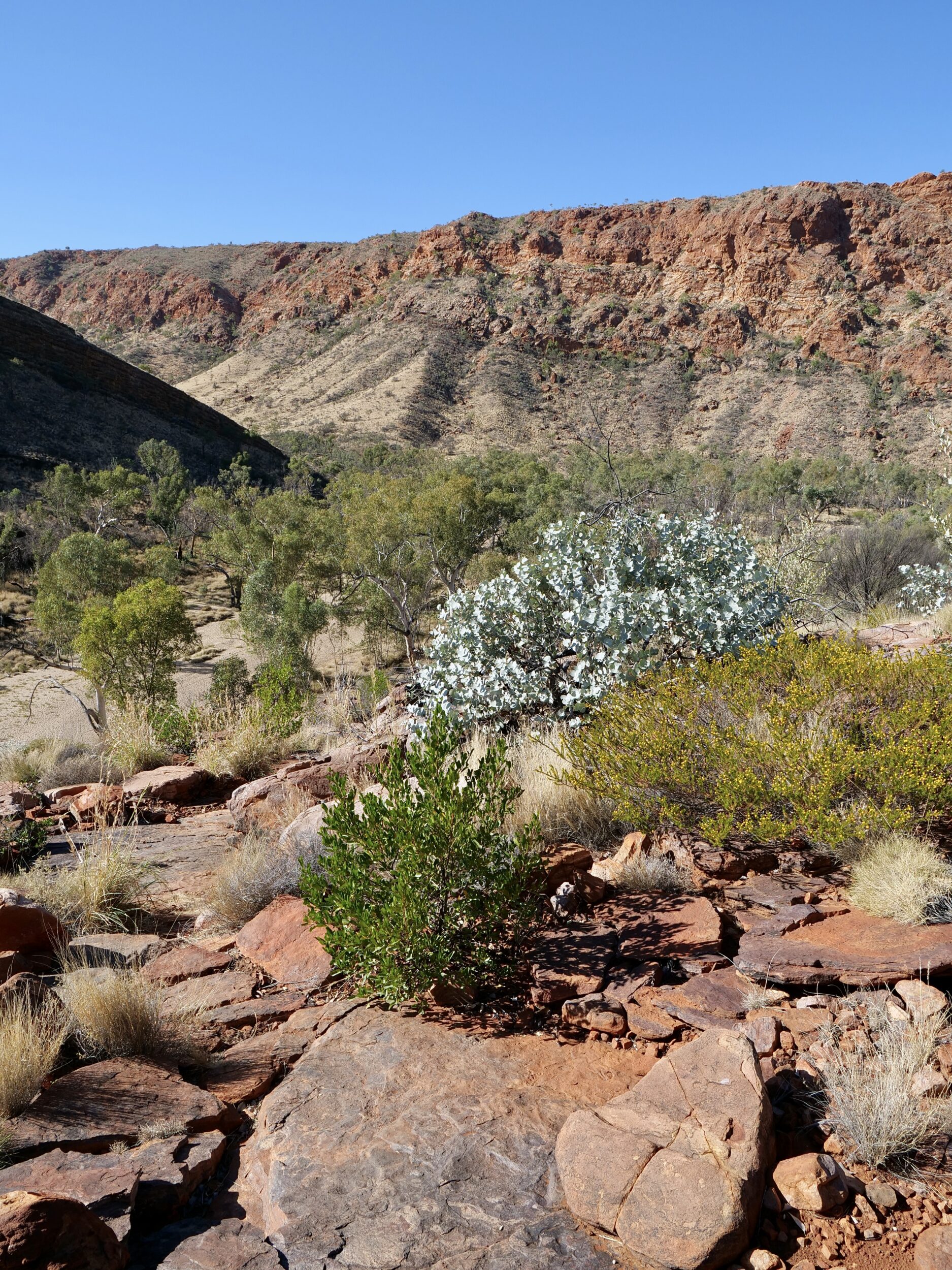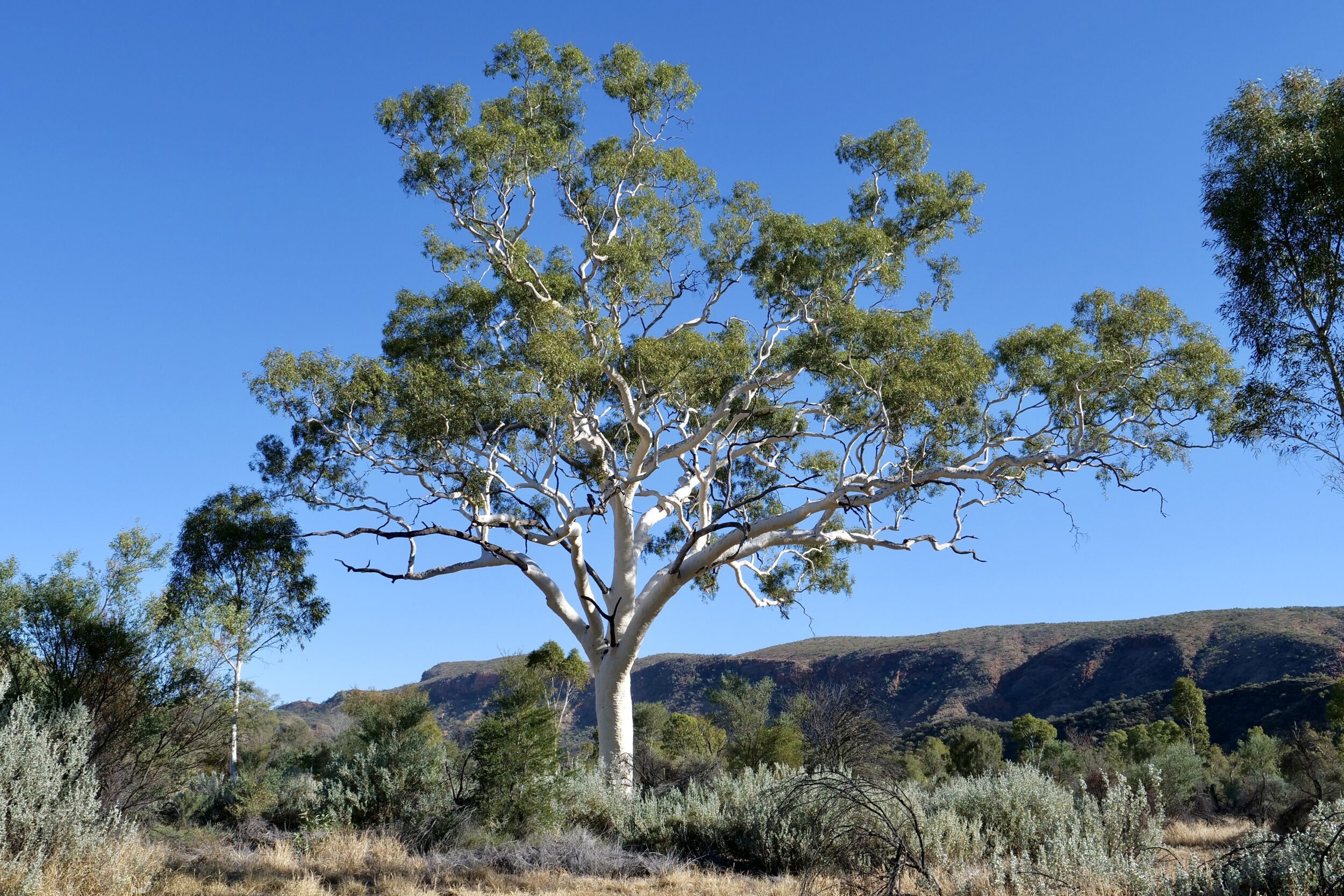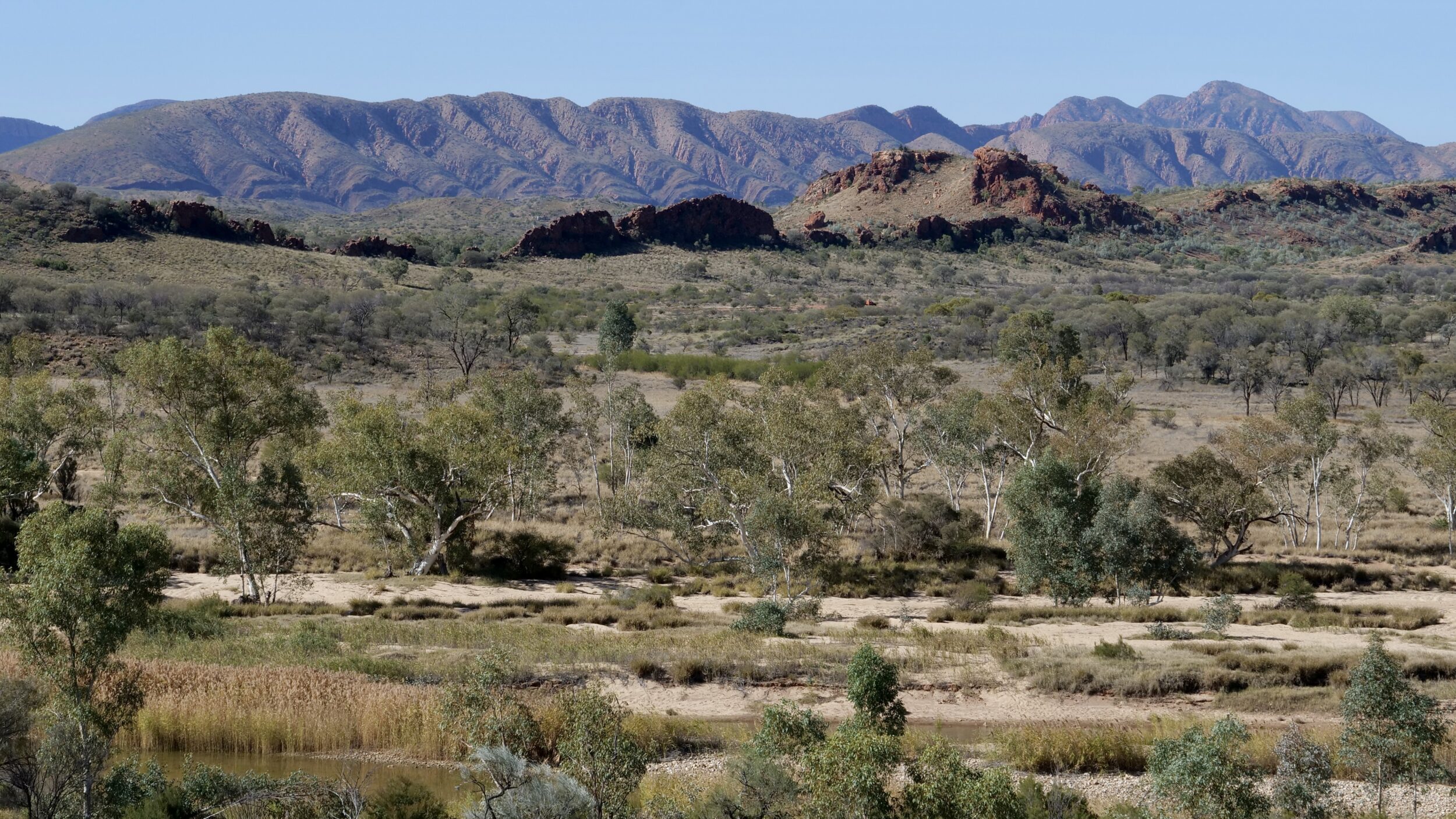Looking at the image above, you may be surprised to know that this waterhole’s seemingly-deep waters do not enjoy a status which even remotely resembles “permanent”.
Circa 45 years ago – on the last of my several previous visits to Emily Gap – I walked through this very spot in bare feet; they remained dry, with my toes relishing the sand.
Comments closed